bubbles - how can I fix it?
rosegarden3
16 years ago
Featured Answer
Sort by:Oldest
Comments (8)
rosegarden3
16 years agoRelated Professionals
Christiansburg Cabinets & Cabinetry · Drexel Hill Cabinets & Cabinetry · Farmers Branch Cabinets & Cabinetry · Gaffney Cabinets & Cabinetry · Lockport Cabinets & Cabinetry · Whitney Cabinets & Cabinetry · Nampa Carpenters · Worcester Carpenters · Beverly Flooring Contractors · Dunedin Flooring Contractors · ‘Ewa Beach Flooring Contractors · Monrovia Flooring Contractors · Norfolk Flooring Contractors · Oswego Flooring Contractors · Topeka Flooring ContractorsUser
16 years agolinnea56 (zone 5b Chicago)
16 years agobrickeyee
16 years agoreikimaster
16 years agorobwood
16 years agoEric Lam
7 years agolast modified: 7 years ago
Related Stories
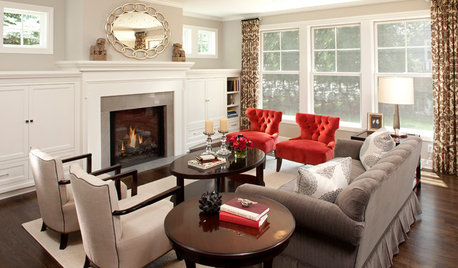
COLORColor Fix: Energize Your Room With a Colorful Club Chair
Less commitment than a sofa but making a major impact, club chairs in vivid hues can work wonders
Full Story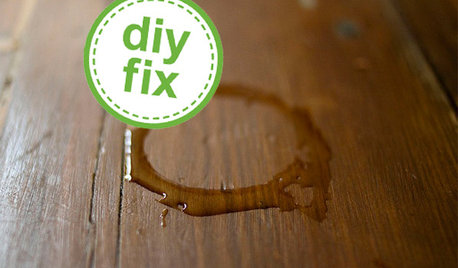
DECORATING GUIDESQuick Fix: Erase Water Rings from Furniture
A few household items can quickly rejuvenate tarnished wood tabletops
Full Story
HOUSEKEEPINGWhat's That Sound? 9 Home Noises and How to Fix Them
Bumps and thumps might be driving you crazy, but they also might mean big trouble. We give you the lowdown and which pro to call for help
Full Story
HOUSEKEEPINGHow to Fix a Stinky Garbage Disposal
No plumber’s fee or even a trip to the hardware store is required with these easy solutions
Full Story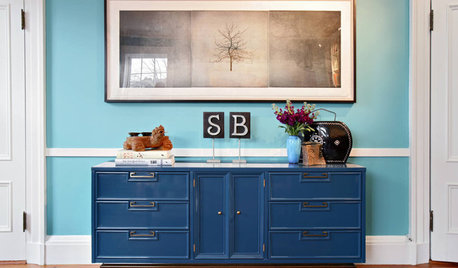
BOLD COLORInstant Fix: Refresh Your Furniture With Some Punchy Paint
Give old furniture new life with a bold color, pattern or idyllic scene
Full Story
THE POLITE HOUSEThe Polite House: Can I Put a Remodel Project on Our Wedding Registry?
Find out how to ask guests for less traditional wedding gifts
Full Story
LIFEThe Polite House: How Can I Tell a Construction Crew to Pipe Down?
If workers around your home are doing things that bother you, there’s a diplomatic way to approach them
Full Story
LIFEThe Polite House: How Can I Kindly Get Party Guests to Use Coasters?
Here’s how to handle the age-old entertaining conundrum to protect your furniture — and friendships
Full Story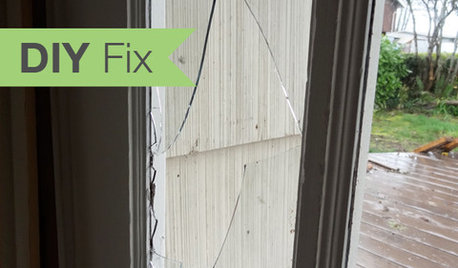
HOUSEKEEPINGDIY Fix: How to Repair a Broken Glass Door Pane
Don't let broken glass shatter your self-esteem. You can fix it more easily and more inexpensively than you might realize
Full Story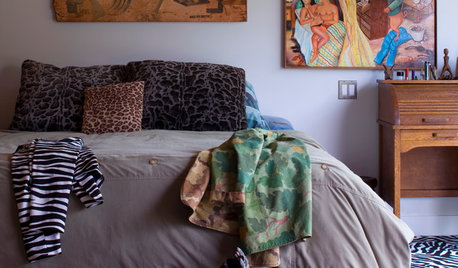
DECORATING GUIDESFix Those 'Whoopsies': 9 Fast Solutions for Decorating Mistakes
Don't suffer in silence over a paint, furniture or rug snafu — these affordable workarounds can help
Full Story







User